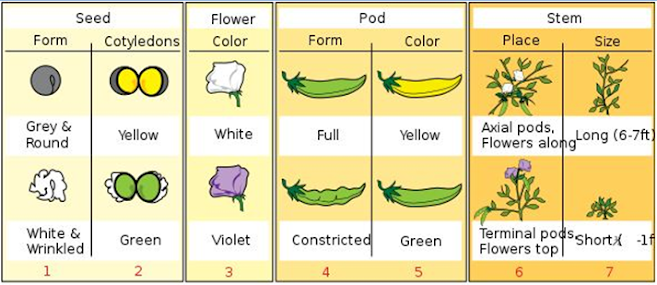Our environment Class 10 notes

Our Environment Ecosystem: An ecosystem is a self-contained unit of living things (plants, animals and decomposers), and their non-living environment (soil, air and water). For example; a forest, a pond, a lake, a green land etc. · In an ecosystem, energy and matter are continuously exchanged between living and non living components. · An ecosystem can be both natural or man-made. Some examples of natural ecosystems are grass land, forest, sea, river, desert, mountain, pond, lake etc. · The desert, grass land and mountains represent the terrestrial ecosystem (land-based ecosystem). · The ponds, rivers, lakes and sea represent the aquatic ecosystem (water-based ecosystem). Man-made artificial ecosystems are garden, crop fields, park, aquarium, etc. Components of Ecosystem: The...
